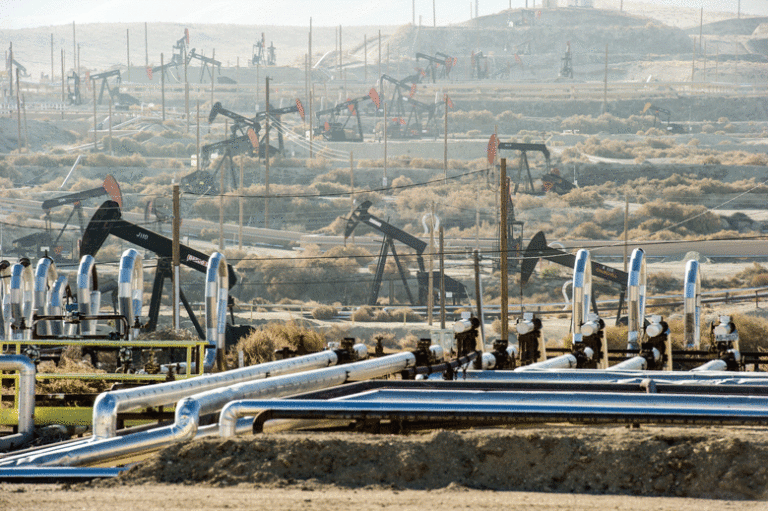The risk of US shale hype in global energy pricing

Prevailing energy analysis has focused heavily on US shale oil production and US oil storage, but perhaps at the cost of keeping an eye on the big picture
Since the start of the US shale oil industry in 2014, a bold new consensus has taken over global energy markets. It is a view that assumes supply-side strength, coupled with demand-side weakness, has stripped the Middle East of its primacy in global oil production.
Yet this could mostly be wrong, according to Cyril Widdershoven, Netherlands-based founder of Verocy and head of strategy at Berry Commodities. He asserts that speculation around the shale oil boom has led energy prices to depart from the supply and demand-side fundamentals.
 First and foremost, Widdershoven points to the over-simplification of the oil market in many oil pricing algorithms and energy analyses. These indicators hold all oil and oil storage as equal, and view the growth in oil storage in the US since 2014 as a sign of strong global supply.
First and foremost, Widdershoven points to the over-simplification of the oil market in many oil pricing algorithms and energy analyses. These indicators hold all oil and oil storage as equal, and view the growth in oil storage in the US since 2014 as a sign of strong global supply.
“All of that has brought into the market the idea that the world is oversupplied, and in volumes, that assessment is right,” he explains. “But this is only looking at storage volumes in the US, so when US crude storage volumes are being reported the market reacts.”
Bigger picture
What it does not accurately portray, he suggests, is the wider picture of global storage – in Egypt, China and India – and the fact that rises in US oil storage often relate less to local shale oil production than to the transport of oil by national oil companies in the Gulf into their own storage facilities in the US.
Also less discussed, he notes, is the low density of shale oil – at an API gravity of 50 – which makes it unsuitable for direct use in most refineries, not only in the US but around the world. This also generally means it needs to be blended with higher density-crudes for refining.
Much of this crude comes from markets such as Venezuela, Mexico and Canada, all of which have supply-side problems: Venezuelan output is crippled, Mexico uses much of its heavy crude in its own refineries, and Canada has a paucity of pipelines for sending heavy crude to the US.
Far from making the US energy independent, large volumes of shale oil have had to be exported to markets such as China and the Netherlands, which are better equipped to process it.
By contrast, there has been fairly consistent demand for medium-density grades of crude oil, such as the Brent produced by Opec, even with supply pressures due to production cuts and instability in the Gulf.
Overemphasis on shale oil
Yet international oil companies (IOCs) have committed to heavy investments into shale oil at the expense of conventional resources, says Widdershoven. “Most IOCs have, for the past two, three years, put all of their eggs in the same basket of shale – and they are only able to spend their money once.”
This is in spite of the growing financial problems in the shale oil industry, which has been financed on the promise of high returns based on profits that have failed to materialise due to falling energy prices and rapid depletion of shale oil wells.
As Widdershoven explains: “If you have invested largescale in shale, then your overall profit margins will go down. You will be confronted in shale by reserves that have decline rates that are much faster than in conventional oil and you will not have the cash to invest in the crude possibilities that you need.”
This overemphasis on shale oil – both in assumptions about oil storage volumes and oil industry investment – has created its own risk, by downplaying the role of the Middle East in global oil supply, even as lower investment in conventional resources has raised the importance of the region.
Middle East risk is “being thrown out as if it doesn’t have an effect on oil prices”, Widdershoven notes, when in fact “the reliance on Opec between 2020 and 2025 will increase substantially, because there aren’t other options”.
He concludes: “The Middle East is where most of the oil is. The geopolitical risk is real, and the region will only become more important in the next year due to the call on its crude.”


